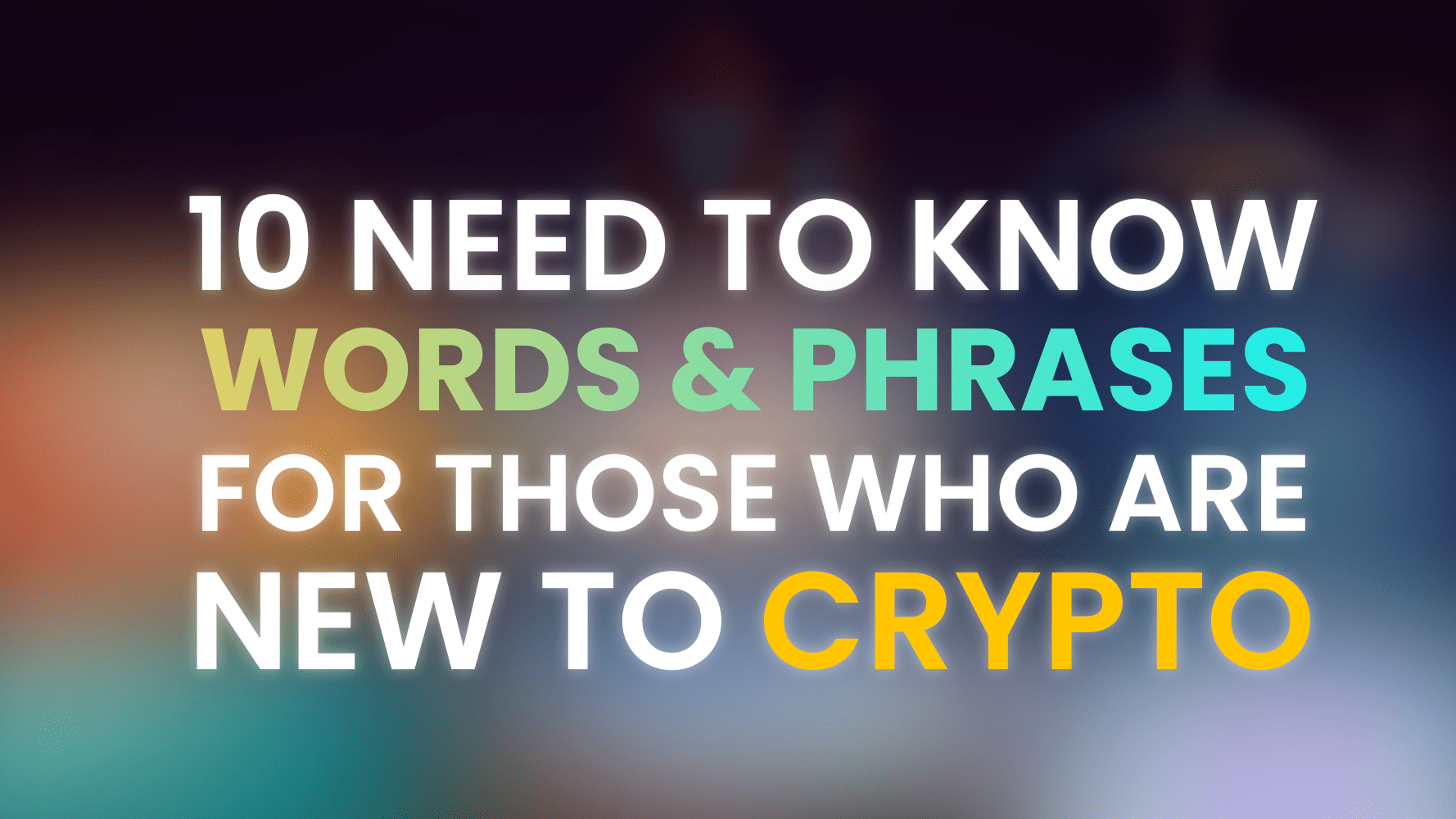
10 Need to Know Words and Phrases for Those Who Are New to Crypto
10 Need to Know Words and Phrases for Those Who Are New to Crypto

Knowing the lingo when diving into a new interest can greatly increase your understanding of a topic. In the crypto space, there is a plethora of words, phrases, abbreviations, and various verbiage that some people may find daunting when they first jump into the world of NFTs and crypto. But, even with a basic understanding of just a few key words and phrases, you can easily begin to navigate the crypto and NFT space.
Blockchain
A blockchain is a shared, immutable ledger that facilitates the process of recording transactions and tracking assets in a business network. An asset can be tangible (a house, car, cash, land) or intangible (intellectual property, patents, copyrights, branding). The goal of blockchain technology is to allow digital information to be recorded and distributed, but not edited. In this way, a blockchain is the foundation for immutable ledgers, or records of transactions that cannot be altered, deleted, or destroyed. Virtually anything of value can be tracked and traded on a blockchain network, which can reduce risk and cut costs for all involved. Blockchain technology was first outlined In 1991 by Stuart Haber and W. Scott Stornetta, two mathematicians who wanted to implement a more secure online system where document timestamps could not be tampered with.

NFT (Non-Fingable Token)
NFT means non-fungible tokens (NFTs), which are generally created using the same type of programming used for cryptocurrencies. An NFT can be a digital asset that represents real-world objects like art, music, in-game items and videos. “Tokenizing” these real-world tangible assets makes buying, selling, and trading them more efficient while reducing the probability of fraud. They are typically bought and sold online, frequently with a form of cryptocurrency or crypto token, and they are generally encoded with the same underlying software as many cryptos. In simple terms these cryptographic assets are based on blockchain technology. Physical currency and cryptocurrency are fungible, which means that they can be traded or exchanged for one another. The term NFT means that it can neither be replaced nor interchanged because it has unique properties.

Altcoin
Altcoins are generally defined as all cryptocurrencies other than Bitcoin. However, some people consider altcoins to be all cryptocurrencies other than Bitcoin and Ethereum (ETH) because most cryptocurrencies are forked from one of the two. Some altcoins use different consensus mechanisms to validate transactions and open new blocks, or attempt to distinguish themselves from Bitcoin and Ethereum by providing new or additional capabilities or purposes. Most altcoins are designed and released by developers who have a different vision or use for their tokens or cryptocurrency.

GameFi
GameFi — a portmanteau of “game” and “finance” — involves blockchain games that offer economic incentives to play them, otherwise known as play-to-earn games. Typically, players can earn in-game rewards by completing tasks, battling other players or progressing through various game levels. For those unfamiliar with gaming, let us put it this way: GameFi is to the legacy gaming industry, what DeFi is to traditional finance. Essentially, GameFi aims to revolutionize the traditional gaming infrastructure by combining and integrating blockchain technology and decentralized finance.

Mining vs. minting
Mining is the process of recording and verifying transactions on a public digital record of transactions, known as a blockchain under a proof-of-work protocol. In order to do that, miners solve complex mathematical problems and in return, there is the possibility they will be rewarded with a certain amount of cryptocurrency for their efforts.
Minting is the process of validating information, creating a new block, and recording that information into the blockchain through a proof-of-stake protocol. Under the Proof-of-Stake mechanism, coins are not minted through mining, but rather through staking. Proof-of-Stake does not have miners, it has validators and it does not let people mine new blocks, but instead lets people mint or forge new blocks.

DeFi (Decentralized Finance)
DeFi — short for decentralized finance — is a new vision of banking and financial services that is based on peer-to-peer payments through blockchain technology.With blockchain technology, DeFi allows “trust-less” banking, sidestepping traditional financial middlemen such as banks or brokers. DeFi is based on secure distributed ledgers similar to those used by cryptocurrencies. The system removes the control banks and institutions have on money, financial products, and financial services. With DeFi, fees that banks and other financial companies charge for using their services are eliminated and you have control over your money by holding it in a secure digital wallet instead of keeping it in a bank. Anyone with an internet connection can use DeFi without needing approval from a financial institution.

DApps (Decentralized Applications)
Decentralized applications or dApps, often built on the Ethereum platform, are similar to traditional software programs, but instead of running on a typical software server, they run on blockchain networks. Because dApps are decentralized, they are free from the control and interference of a single authority. Benefits of dApps include the safeguarding of user privacy, the lack of censorship, and the flexibility and freedom of development.

Bull market
The term “bull market” is most often used to refer to the stock market but can be applied to anything that is traded, such as bonds, real estate, currencies, and commodities. Because prices of securities rise and fall essentially continuously during trading, the term “bull market” is typically reserved for extended periods in which a large portion of security prices are rising. Bull markets tend to last for months or even years.
Bear market
A bear market occurs when a market experiences prolonged price declines. Factors such as a weak or slowing economy or shocks like pandemics or war can all contribute to a bear market.

FOMO (Fear Of Missing Out)
FOMO is the acronym for “Fear Of Missing Out.” In the context of financial markets and trading, FOMO refers to the fear that a trader, holder, or investor feels when they think that they may be missing out on a potentially lucrative investment or trading opportunity when the price of a token increases. The FOMO feeling is particularly prevalent when the price of a token rises in value significantly over a relatively short time. The concept was first described in 2000 by Dr. Dan Herman in an academic paper entitled “The Journal of Brand Management.” However, the acronym FOMO was coined a couple of years later by Patrick McGinnis in an opinion piece published in 2004 in the American magazine “The Harbus.”
The crypto and NFT space is a vast online world that can seem confusing and at times a difficult place to navigate for most. With all of the acronyms, crypto slang, and metaverse jargon there is to learn in crypto, there is always some new phrase or word to learn, and by no means is this an exhaustive list of crypto lingo. But, it can definitely be a start for those who are looking to get started in the crypto space and might need a cheat sheet.
Follow the Velhalla MetaVerse on our official Medium page https://ScarQuest.medium.com to stay up to date with all of our upcoming blog posts, updates, contests announcements, and more!
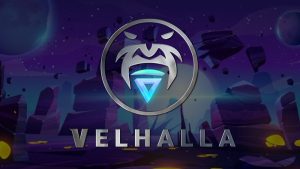
Welcome to Velhalla
Connect Wallet WELCOME TO ScarQuest (formerly known as Velhalla) Velhalla is a metaverse unlike any other out there on the market. It will allow its users to immerse themselves in a new universe driven by the Velas blockchain, where they
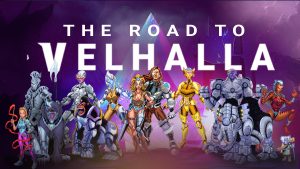
The Road to Velhalla
Connect Wallet THE ROAD TO ScarQuest (formerly known as Velhalla) With the release of this detailed road map, Velhalla, The Velas-Based Action MetaVerse, is set to become a major player in the Play-to-Earn gaming world, and we want you, brave
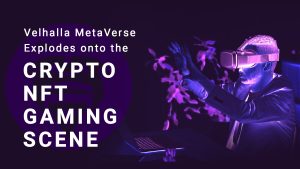
Velhalla MetaVerse Explodes onto the Crypto NFT Gaming Scene
Connect Wallet ScarQuest (formerly known as Velhalla) MetaVerse Explodes onto the Crypto NFT Gaming Scene Crypto gaming and NFTs are fast becoming the biggest sectors in the cryptocurrency space. With the release of the newest addition to this part of
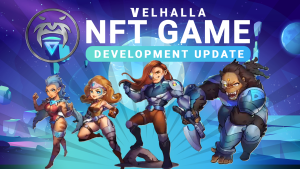
Building The Ultimate Action Metaverse – Session 1
Connect Wallet Building The Ultimate Action Metaverse – Session 1 A deep dive into the creation of ScarQuest (formerly known as Velhalla) The Creators of Velhalla have spoken! A newly released developer update video from the creative minds behind Velhalla,

How to Buy Velhalla (SCAR) Token
A detailed description of how to purchase the official token of Velhalla

How to Bridge Velhalla (SCAR) Token
A detailed description of how to bridge SCAR from Pancakeswap to Wagyuswap
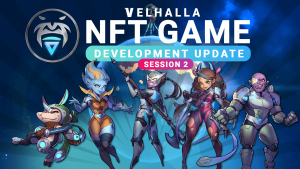
Creating Valuable Metaverse Real Estate – Session 2
Connect Wallet Creating Valuable Metaverse Real Estate – Session 2 (Designing The ScarQuest (formerly known as Velhalla) Planet & Landscapes) The Great Creators of Velhalla have set forth upon us another DEV meeting update video! This month’s DEV meeting focuses
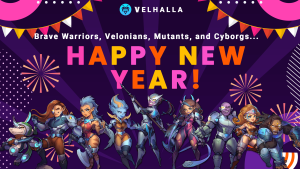
Happy New Year to the Velhalla Community!
Connect Wallet Happy New Year to the ScarQuest (formerly known as Velhalla) Community! Happy New Year to all those who have joined us on the road to Velhalla! We would like to extend a giant thank you to our growing



